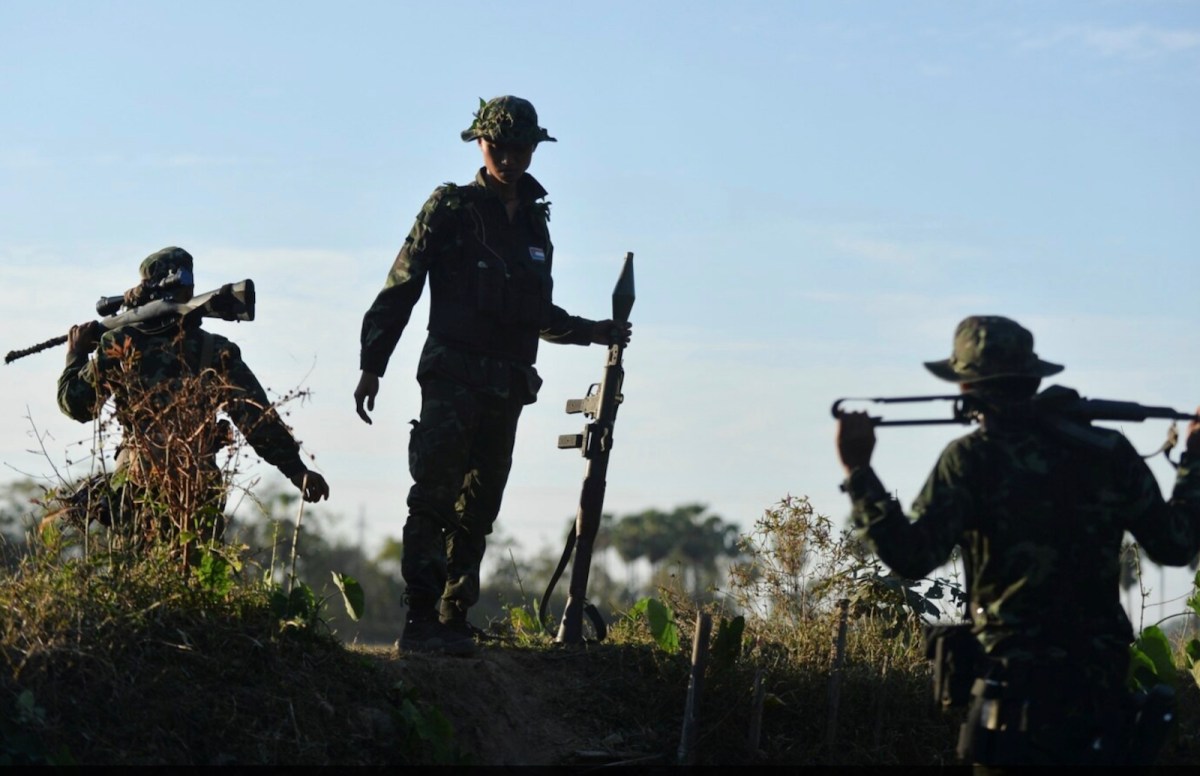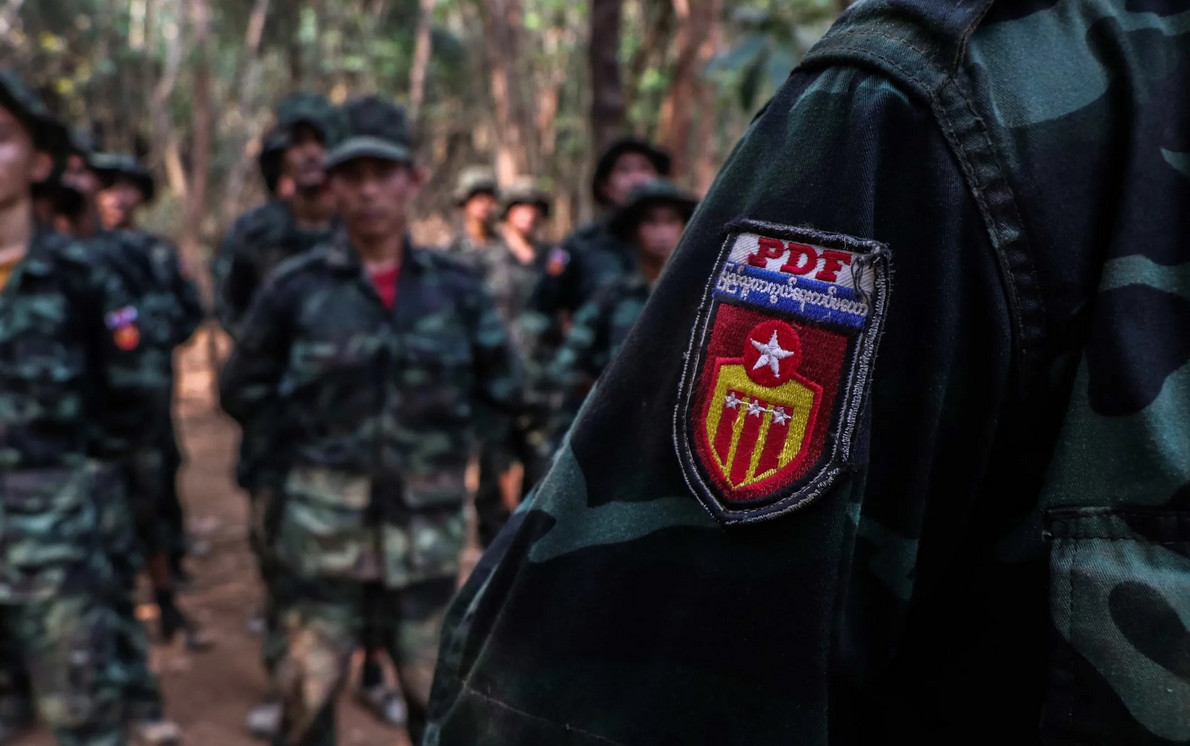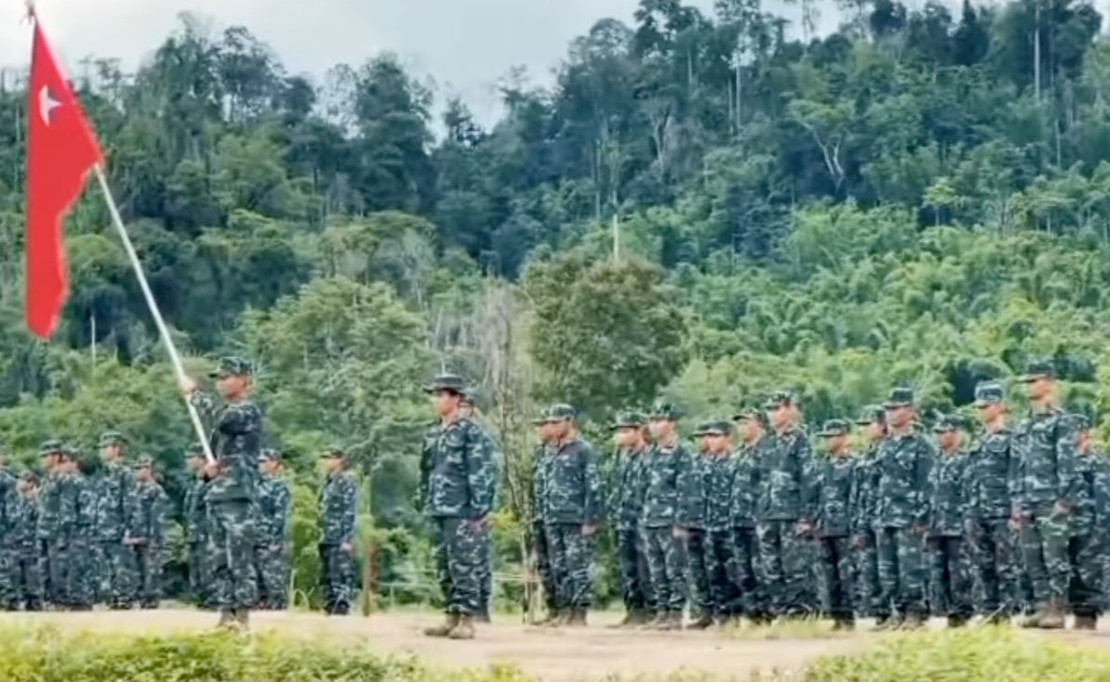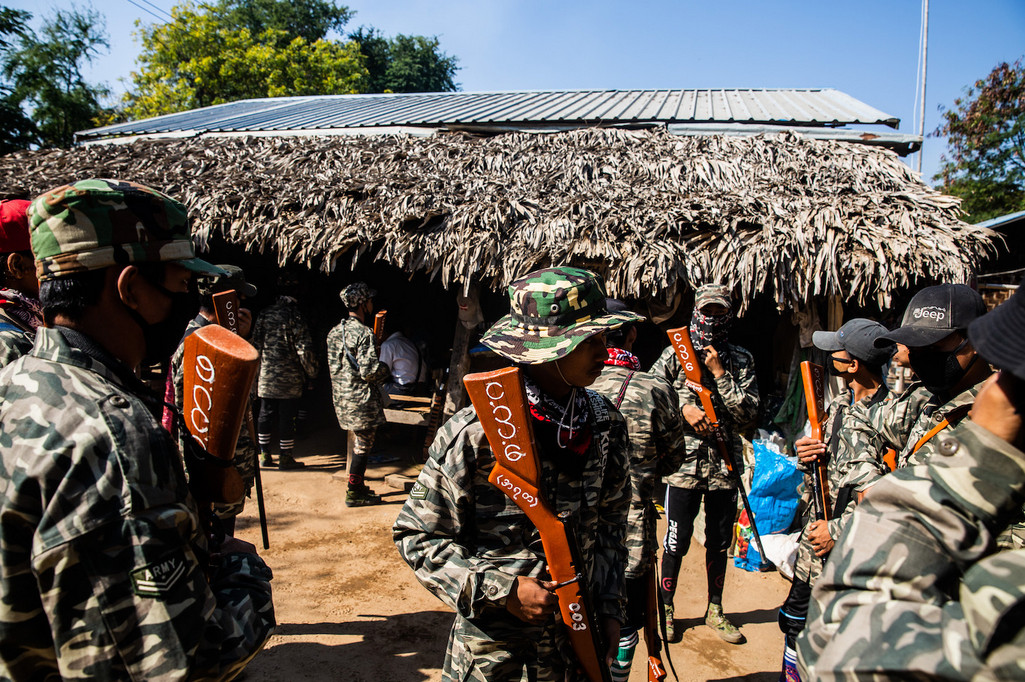Local Perspective: Coastal communities in Bangladesh face severe erosion and land loss due to rising sea levels and increased storm activity. These communities possess valuable knowledge about local tidal patterns and sustainable mangrove cultivation.
Global Context: Global warming and climate change are causing sea levels to rise, affecting coastal areas worldwide.









Integrated Solution: Combining local practices such as planting mangroves, which stabilize shorelines, with international support for climate adaptation measures can mitigate the impact of rising sea levels.
2. Public Health and Pandemics
Example: Ebola Outbreak in West Africa
Local Perspective: During the Ebola outbreak, traditional burial practices contributed to the spread of the virus. Local healers and community leaders were crucial in changing these practices to curb the epidemic.
Global Context: Global health organizations needed to respond quickly to contain the virus and prevent a pandemic.
Integrated Solution: Working with local leaders to adapt traditional practices and implementing public health education in local languages helped control the outbreak more effectively than external interventions alone.
3. Economic Inequality and Development
Example: Microfinance in India
Local Perspective: In rural India, many women lack access to formal banking services but participate in informal saving groups.
Global Context: Economic inequality and lack of access to financial services are global issues affecting millions.
Integrated Solution: Microfinance institutions, such as the Grameen Bank, provide small loans to local women, leveraging their social networks and trust. This approach, informed by local practices, has empowered women economically and reduced poverty.
4. Migration and Refugee Crisis
Example: Syrian Refugees in Jordan
Local Perspective: Host communities in Jordan, which share cultural and linguistic ties with Syrian refugees, have insights into effective integration practices but also face strain on local resources.
Global Context: The Syrian refugee crisis is part of a larger pattern of displacement due to conflict, impacting multiple countries and requiring international cooperation.
Integrated Solution: Programs that support both refugees and host communities, such as shared infrastructure projects and joint community services, can alleviate local tensions and improve living conditions, supported by international aid.
5. Biodiversity Conservation
Example: Forest Conservation in the Amazon
Local Perspective: Indigenous tribes in the Amazon have lived sustainably in the rainforest for centuries, using traditional knowledge to manage resources without depleting them.
Global Context: The Amazon rainforest is crucial for global biodiversity and climate regulation but is threatened by deforestation and exploitation.
Integrated Solution: Empowering indigenous communities to lead conservation efforts, supported by global environmental organizations, ensures that conservation strategies are effective and respect local traditions.
6. Education and Gender Equality
Example: Girls’ Education in Afghanistan
Local Perspective: In many Afghan communities, cultural norms and security issues limit girls’ access to education. Local organizations understand the specific barriers and can navigate cultural sensitivities.
Global Context: Gender equality in education is a global goal, essential for sustainable development and economic growth.
Integrated Solution: Initiatives like community-based education, where local female teachers provide schooling in secure, culturally appropriate settings, have proven effective. These efforts, supported by international funding and policy advocacy, increase girls’ enrollment and retention rates.
7. Urbanization and Infrastructure Development
Example: Slum Upgrading in Nairobi, Kenya
Local Perspective: Residents of Nairobi’s informal settlements have developed innovative, community-led solutions to improve living conditions, such as shared sanitation facilities and local waste management systems.
Global Context: Rapid urbanization and the proliferation of slums are global challenges, requiring sustainable urban planning and infrastructure development.
Integrated Solution: Partnering with local communities to scale up these grassroots initiatives, combined with international expertise and funding, can lead to more sustainable and inclusive urban development.
Conclusion
Incorporating local perspectives into global issues not only enriches the understanding of these challenges but also leads to more effective and sustainable solutions. By valuing and integrating local knowledge and practices, global strategies can become more adaptable and impactful, benefiting both local communities and the wider world.

Leave a Reply